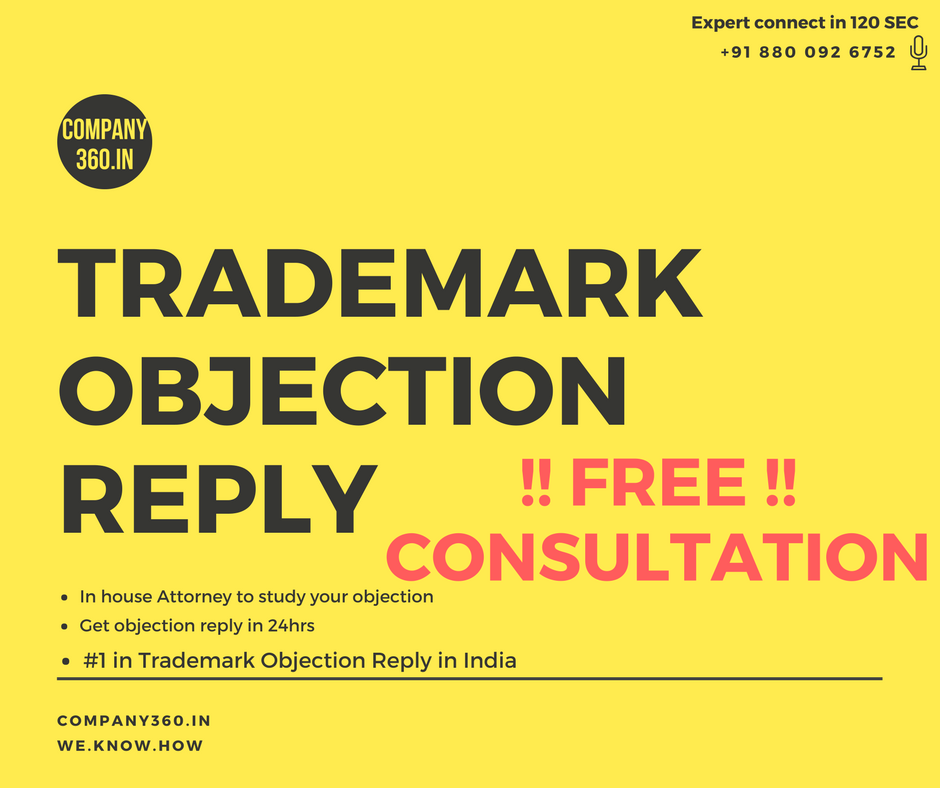
In 21st century trademark/brands/brand names has become one the most indispensable part of our life as people are becoming more brand conscious and therefore, trademarks are now and have been of the great value to any business and has great influence over the sales. A good Trademark adds an image to your product or services and provide superiority over others in the market.
In case you have a brand which already have some value, which owner or companies do want to sale in near future because of variety of reasons they can do so. The owners may sale their brands or trademarks to any other person or legal entity by the means of trademark assignment, which means assigning of the right over the trademark to any other person.
In this article, we will now explain to you about the how to proceed with sale of your Trademarks in India and most importantly how to estimate their sale price.
Now for selling the trademark you need to do proper valuation which can be done by considering the following aspects:
As, by now you already know that a brand is a valuable as well as an intangible asset for any in the market. Also, a brand is a helps in creating and building loyalty, faith, trust and mass-market appeal based upon how the brand is marketed as well as promoted in the market.
The Evaluation process of the brand value involves different measures of direct and indirect process.
A direct process is the basic method of calculation in which the amount of investment made while the creation and promotion of mark is considered. Whereas in the indirect method the measurement is done on the basis of various aspects and sources, such as awareness of the branding among the people and also by comparing various elements of brand image.
Now let’s understand different Approaches for the exact calculation of the Brand/ Trademark:-
i. Cost Approach: It is directly related with the cost of creation or total cost spent for the placement of the brand. These following are the classifications in the Cost-based approach.
ii. Replacement Cost Method: This method values the brand keeping the investment and expenditure necessary to replace the brand with a new one which has equivalent utility to the company.
iii. Market Based Approach: In this method of brand valuation the maximum amount at which a brand will be sold or the highest value which a person is willing to pay is considered.
iv. Brand Sale Comparable Approach: In this method, the brand is valued based upon the recent transactions that involved the brand with similar valuation in similar industry. In other words it is viewed from the prospective of the third party who is not related with the specific transaction but this approach cannot be applied to all cases for the comparison of data.
v. Brand Equity Approach: In this approach the brand value is calculated by using the financial market value.
vi. Income-Based Approach: In this approach, the potential of the brand is calculated after considering the future earnings that directly or indirectly contributed by the brand, to determine the value of the brand. The following are the various classifications in the Income-Based Approach:
As per this method the valuation of the brand directly depends upon the company or valuator who will estimate the base for calculation and determination of the appropriate royalty amount, growth percentage and the life expectancy rate.
Also, this technique is used by the tax authorities for the valuation of any specific industry.
a. Price Premium Method
In this method the valuation is done by comparing the cost of production and amount of money produced after the sales as it creates an impact of assuming that the brand helps in accumulating the additional profits.
b. Cash Flow Management
It is considered one of the most critical or important component for the valuation of the brand as it considers the increasing working capital and also the fixed asset investment and finally estimates the approximate amount of future cash flow that a brand can generate.
vii. Some of the other key elements for valuing a brand is:-
• External investor relations
• Internal marketing management
• Royalty rates
• Licensing as well as the franchising
• Tax planning
• Choice of brand after merger
Now, when you are aware about how to make the valuation of the mark so lets discuss how to sell or assign your Brand/ Trademark:
It is the absolute discretionary power/right of the proprietor or the owner of the brand/ trademark that how he want to complete the whole process. It can be done in following ways:-
a. Complete Assignment:- In this situation the owner transfers all the rights vested with him relating to the mark to any other person, including the right to earn or make profits or make further transmission of the mark.
b. Restricted Assignment:- In this case, the owner transfers only specific rights to the buyer which is specifically mentioned in the assignment deed.
c. Assignment with Goodwill:- It is a situation in which the owner has not only transferred the rights of the Brand/mark, but has also transferred the value of the mark associated to the goods and services sold under the mark.
d. Assignment without Goodwill: It means that the owner of the trademark has not sold the rights of the mark for the goods and services sold under it. Rather, the owner and the buyer of the mark have entered into an agreement that both of them will be able to to use the trademark but for the dissimilar products. In various countries throughout the globe, assignment without goodwill is not allowed. However, in India such type of assignment is allowed.
Lastly, before drafting the Trademark Assignment Deed the following points need to be considered:-
i. Selling Price or the amount of Consideration paid for transfer of trademark as it is very important clause because the stamp duty of the Assignment deed is calculated on that information every state have their own rules regarding the stamp duty.
ii. The Geographical area within which assignee or purchaser will be using the brand.
iii. All the other Information like whether the transfer is with Goodwill or without Goodwill.










